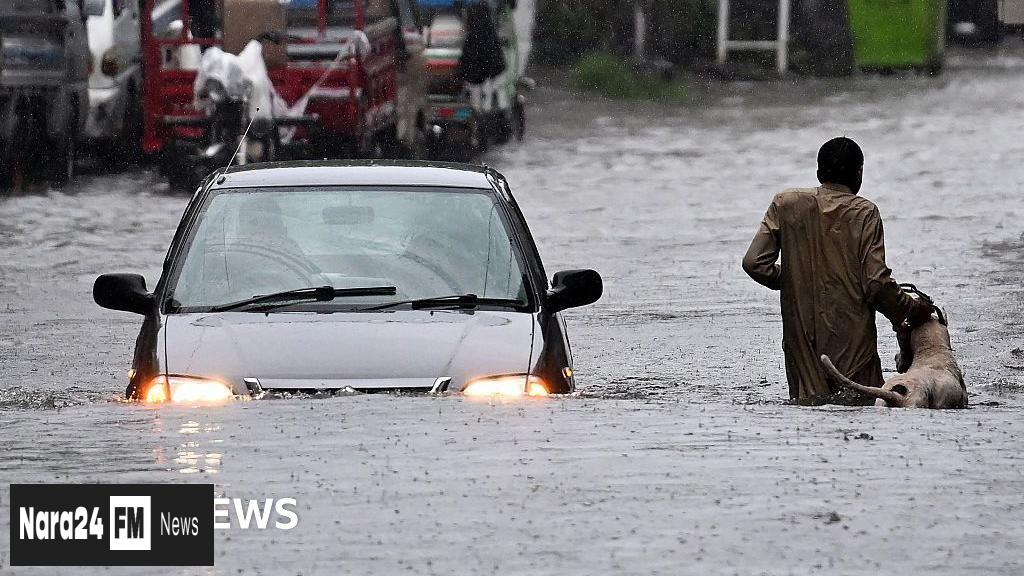Unprecedented Global Heat Patterns Emerge
Earth experienced its second-hottest May since modern record-keeping began, according to the European Union's Copernicus Climate Change Service (C3S). The latest climate bulletin reveals global surface temperatures last month averaged 1.4°C above pre-industrial benchmarks (1850-1900), narrowly avoiding the symbolic 1.5°C threshold that had been consistently surpassed for nearly two years.
Regional Extremes Paint Alarming Picture
The most dramatic temperature spikes occurred across western Antarctica, the Middle East, West Asia, northeastern Russia, and northern Canada. Pakistan's Jacobabad district became emblematic of the crisis, enduring repeated heatwaves exceeding 50°C (122°F). These conditions followed last year's lethal June heat that claimed over 560 lives in southern Pakistan. "While a 20°C anomaly might seem moderate elsewhere, it's catastrophic for this region," noted Imperial College London climate scientist Friederike Otto, stressing that such extremes are "impossible without human-driven climate change."
A child seeks relief from extreme heat in Karachi, Pakistan (May 2025)
Cryosphere Collapse Accelerates
Concurrent research from the World Weather Attribution initiative revealed Greenland's ice sheet melted 17 times faster than historical averages during May's heatwave, which also devastated Iceland. This accelerated polar thaw contributes directly to sea-level rise, threatening coastal communities worldwide. Carlo Buontempo, C3S Director, cautioned that the brief dip below 1.5°C offers only "temporary respite" as underlying warming trends continue unabated.
Divergent Global Responses to Climate Emergency
The temperature data arrives amid fragmented international climate action. Positive developments include China's potential emissions peak, with Carbon Brief reporting a 1.6% year-on-year reduction in early 2025 as renewable energy deployment accelerates. The European Union also confirmed it's on track for a 55% emissions cut by 2030, having already reduced output by 37% since 1990 while expanding its economy by nearly 70%.
However, these gains are offset by surging fossil fuel usage elsewhere. Technology sector emissions have skyrocketed 150% in three years due to artificial intelligence expansion and data center proliferation. Meanwhile, U.S. policies continue prioritizing hydrocarbon extraction despite catastrophic wildfires like those that recently engulfed California.
Lyon, France shrouded in smoke from Canadian wildfires (June 2025)
Global Implications and Future Projections
Caribbean nations are taking adaptive measures, recently convening to restore mangrove forests that buffer against rising seas and intensifying storms. These nature-based solutions become increasingly vital as climate disruptions escalate. "The climate system's inertia guarantees further threshold breaches," Buontempo warned, emphasizing that May's slight cooldown doesn't indicate trend reversal.
As atmospheric carbon concentrations hit record levels, scientists stress that immediate, coordinated emission reductions remain humanity's only viable path to avoid irreversible tipping points. The May temperature anomaly underscores that even temporary respites from extreme warming offer no protection from cumulative climate impacts already reshaping our planet.








Comments (0)
Leave a Comment
Be the first to comment on this article!